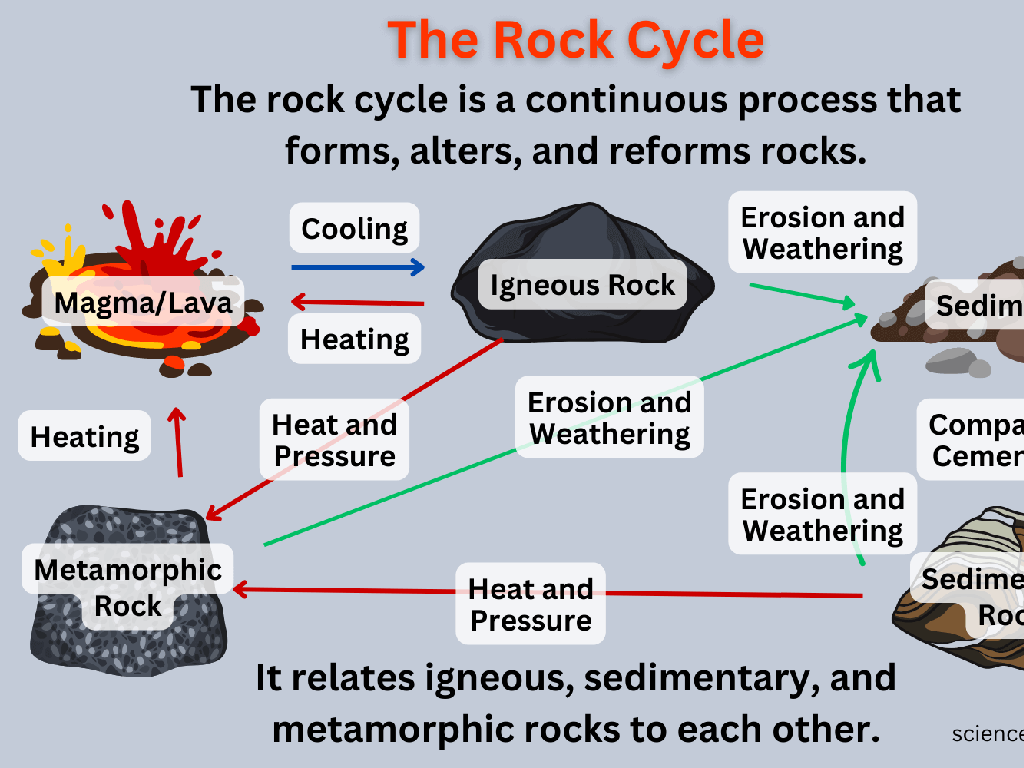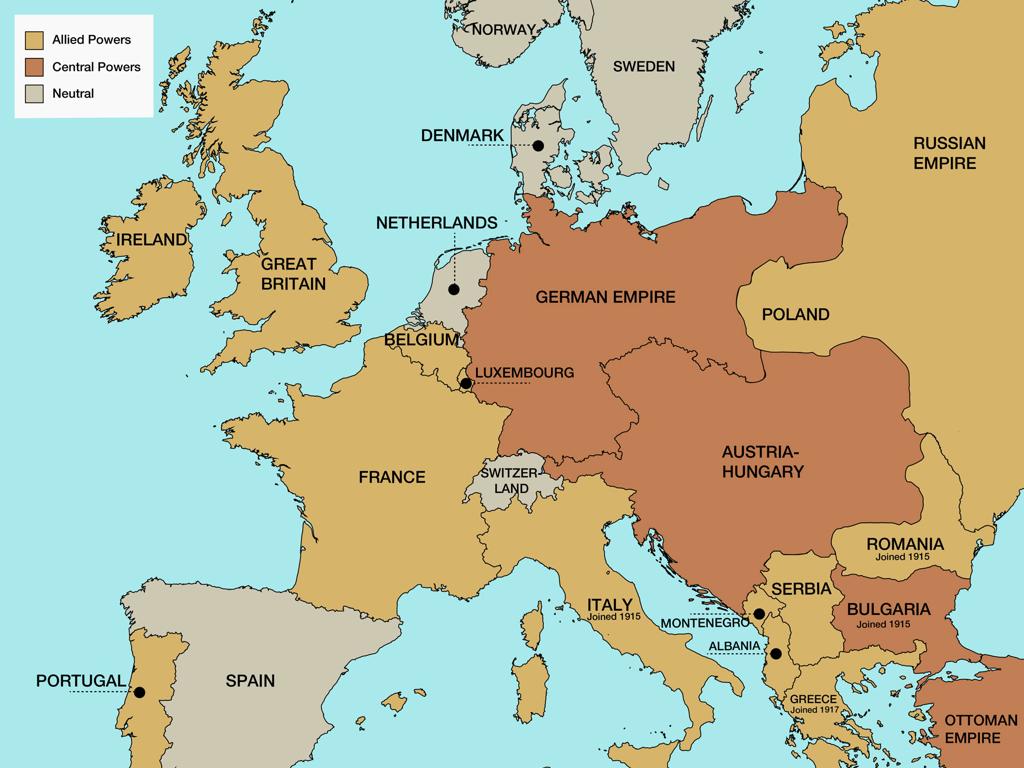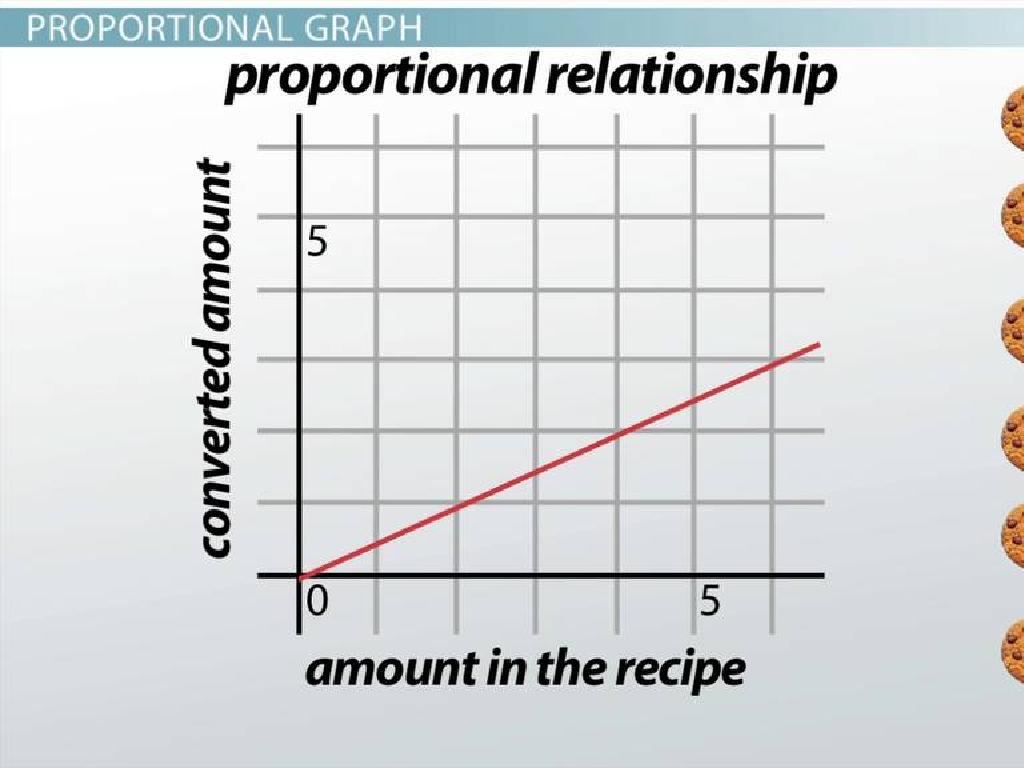Identify Properties Of An Object
Subject: Science
Grade: First grade
Topic: Materials
Please LOG IN to download the presentation. Access is available to registered users only.
View More Content
Exploring Materials and Their Properties
– What are materials?
– Materials are the stuff things are made from, like wood or metal.
– Objects are made of materials
– Look around, everything is made from some material!
– Properties describe materials
– Properties are things like color, shape, size, and texture.
– How to identify properties
– We’ll learn to use our senses to find out properties.
|
This slide introduces the concept of materials to first graders, explaining that everything they see and touch is made from some type of material. Emphasize that materials can be natural like wood and cotton, or man-made like plastic and glass. Discuss properties as characteristics that help us describe and identify these materials. Encourage the students to think about the properties of objects they use every day. Activities can include feeling different textures, comparing the weight of objects, and observing colors and shapes. This will help them understand how to identify and categorize materials based on their properties.
Exploring Materials Around Us
– What are materials?
– Everything is made from different materials
– Common materials: wood, plastic
– Examples: Wood in pencils, plastic in toys
– Daily interaction with materials
– We touch, see, and use materials all the time
– Importance of different materials
– Materials have unique properties for uses
|
This slide introduces students to the concept of materials, which are substances that objects are made from. Start by explaining that everything they use, like their school desk or their toys at home, are made from different materials. Provide examples of common materials such as wood, plastic, metal, glass, and fabric, and relate them to objects familiar to first graders. Discuss how we interact with various materials in our daily lives and why different materials are used for different things, like glass for windows because it’s transparent, or metal for cars because it’s strong. Encourage the students to think about the materials they come in contact with every day and what properties those materials have.
Exploring Material Properties
– What are properties?
– Properties are unique features like color or shape
– Examples: Color, Shape, Texture
– Red, blue, square, round, rough, smooth
– Why properties matter
– They tell us how materials can be used
– Choosing materials
– Pick materials for tasks based on properties
|
This slide introduces the concept of properties of materials to first graders. Begin by explaining that properties are special things that help us describe and identify different materials. Use simple examples like the color red or the shape of a ball to illustrate. Discuss how these properties, such as texture or hardness, can help us decide what material is best for a certain use, like why we use a sponge to clean dishes (because it’s soft and absorbent) and not a brick (because it’s hard and not absorbent). Encourage the students to think of and share examples of materials they use and discuss what properties make those materials suitable for their purposes.
Let’s Explore Color!
– Colors are what we see
– Colors like red, blue, or yellow
– Describing objects with colors
– ‘The apple is red’ or ‘The sky is blue’
– Classroom color activity
– Find and point to a blue item in class
|
This slide introduces the concept of color as a property of objects, which is a part of learning about materials in science. Explain that color is one way we can describe things we see every day. Use simple examples like a red apple or the blue sky to illustrate this point. For the activity, encourage students to look around the classroom and point to something blue. This will help them apply their understanding of colors to real-world objects. As a teacher, be prepared to guide the activity by pointing out various blue objects in the classroom and praising the students for their participation. This activity can be expanded by asking students to find objects of different colors to reinforce their learning.
Shapes Around Us
– Shapes can be circles, squares, triangles
– Examples: coins (circles), boxes (squares), pyramids (triangles)
– Objects have various shapes
– Activity: Circle Hunt!
– Find an object shaped like a circle in the classroom
|
This slide introduces students to basic geometric shapes and the concept that objects have different shapes. Start by showing examples of each shape using common items, like a coin for a circle, a box for a square, and a toy pyramid for a triangle. For the activity, guide the students to look around their classroom or home to find an object that is shaped like a circle. This could be a clock, a plate, or a button. Encourage them to bring the object or a drawing of it to the next class. This activity helps students recognize shapes in their environment, reinforcing their understanding of geometry in a fun and interactive way.
Feeling Textures
– Texture tells us how things feel
– Examples: Smooth, rough, soft, hard
– Like a smooth glass, a rough rock, a soft pillow, or a hard chair
– Activity: Feel your desk’s texture
– Use your hands to explore
– Is your desk smooth or rough?
– Share your findings with the class
|
This slide introduces the concept of texture, an important property of materials, to first graders. Texture refers to the way a surface feels to the touch. Start by explaining the concept with simple examples that children are familiar with, such as the smoothness of glass or the roughness of a rock. The activity involves a tactile experience where students are encouraged to touch their desks and determine whether the surface is smooth or rough. This hands-on activity helps solidify the concept of texture in their minds. Encourage students to describe the texture of their desk and consider bringing in additional objects with varied textures for them to feel. This will help them understand that objects can have different textures and that texture is a key property that helps us identify and describe objects around us.
Hard or Soft?: Exploring Materials
– Understanding hardness
– Hardness means if it’s hard like a rock or soft like a teddy bear
– Examples: Rock vs. Teddy Bear
– A rock doesn’t squish, a teddy bear squishes easily
– Class Activity: Pencil Squeeze Test
– Try squeezing your pencil to see if it’s hard or soft
– Discuss findings with classmates
– Talk about what you learned with your friends
|
This slide introduces the concept of hardness as a property of materials. Use tangible examples like a rock and a teddy bear to illustrate the difference between hard and soft objects. The activity involves a simple, safe, and interactive element where students perform a ‘squeeze test’ on their pencils to determine if they are hard or soft. Encourage the students to share their observations with the class to foster a collaborative learning environment. This activity helps students to begin thinking critically about the properties of objects in their everyday lives.
Can It Bend? Exploring Flexibility
– What does flexibility mean?
Flexibility means being able to bend easily without breaking.
– Examples: Straw vs. Board
A straw can bend easily, but a wooden board cannot.
– Classroom Flexibility Hunt
Look around and find an item that can bend.
– Discuss our findings
|
This slide introduces the concept of flexibility, a property of materials. Start by explaining that flexibility means something can bend easily. Use tangible examples like a straw and a board to illustrate the difference between flexible and rigid objects. For the activity, have students search the classroom for items they think are flexible. They can gently test objects to see if they bend. After the hunt, gather the class and discuss what they found, why they think those items are flexible, and the importance of flexibility in everyday objects. Ensure safety during the activity by reminding students to handle objects gently and to ask for help if needed.
Class Activity: Material Hunt
– Let’s explore materials in our classroom!
– Find objects and discuss their properties
– Is it hard or soft? Big or small? Let’s find out!
– Work with a buddy on your hunt
– Share and learn together with a friend
– Fill out your Material Hunt Sheet
– Draw or write the properties on your sheet
|
This activity is designed to help students identify and understand the properties of different materials by exploring their classroom environment. Encourage them to touch and feel the objects to determine if they are hard or soft, heavy or light, smooth or rough, etc. Working in pairs will allow them to discuss their observations and learn from each other. Provide each pair with a Material Hunt Sheet where they can either draw the objects they find or write down the properties. After the activity, regroup and have a discussion about the various materials discovered and their properties. This will reinforce their understanding and allow them to appreciate the diversity of materials around them.
Review and Share: Our Material Hunt
– Share our Material Hunt findings
– Discuss observed properties
– Did it feel hard or soft, heavy or light?
– Talk about interesting materials
– Which material did you like the most?
– Reflect on our discoveries
|
This slide is meant to facilitate a discussion among first-grade students about their recent ‘Material Hunt’ activity. Encourage the children to talk about the different properties of the materials they found, such as texture, weight, and flexibility. Ask them to describe what made a particular material interesting to them, and why. This will help them articulate their observations and reinforce their understanding of material properties. For the teacher: be prepared with a list of properties to guide the discussion if needed and ensure every student gets a chance to share their experience. This activity promotes engagement, observation skills, and vocabulary development.
Fantastic Materials Explorers!
– Congratulations on learning materials!
– Properties describe and understand objects
– Texture, color, size, and shape are some properties
– Continue exploring materials everywhere
– Look at objects at home, what are they made of?
– Use your knowledge to observe the world
|
This slide wraps up the lesson on materials and their properties. It’s meant to congratulate the students on their hard work and encourage them to keep observing and thinking about the world around them. Reinforce the idea that properties like texture, color, size, and shape help us describe and understand different objects. Encourage them to apply what they’ve learned both in the classroom and at home, observing everyday objects and considering what materials they’re made from and why those materials are used. This will help solidify their understanding and appreciation of materials science.






